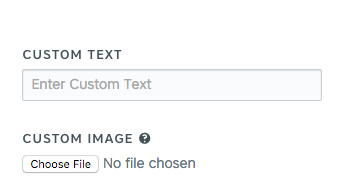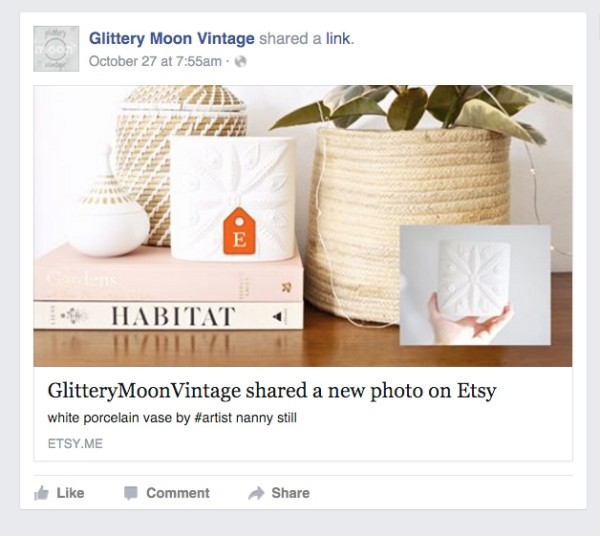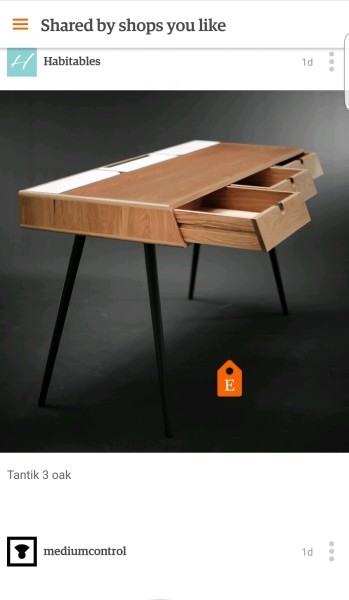La Ruche qui dit Oui! (the hive that says yes) is a marketplace that connects farmers to people who want farm fresh food in their kitchens and on their tables. We got to know the company last winter when my friends Simon and Toby from Mosaic introduced me to Marc-David Choukroun, one of the two founders of La Ruche. The Gotham Gal and I were in Paris and we met up with Marc-David at a Ruche on a saturday morning. We sipped coffee and talked to the farmers and customers who were stopping by to pick up their weekly supply of meat, cheese, milk, eggs, vegetables, fruit, and bread. We were smitten.
For years, USV has been on the hunt for a way to invest in the “farm to table” market sector. As you all know very well, we believe in the power of networks to solve the challenging problems of our time. And making high quality farm fresh quality food available at a reasonable price to everyone is certainly one of those challenging problems. The most affordable food is also the most mass produced and, generally, the most unhealthy food. How can we get back to a time when the food we eat is produced nearby, is high quality, and is healthy?
One way is to use the power of the network to connect farmers and consumers. And many entrepreneurs have been working on this problem over the past twenty years. We have met with most of them. Unfortunately, not many of them, until recently, met our test of a lightweight, peer to peer, capital efficient, people powered network. We call these “thin networks” and we are drawn to them as investors and as consumers.
La Ruche has been operating in France and Belgium for the past four years. Their marketplace connects farmers, consumers, and, most importantly, hosts together to form communities (Ruches or Assemblies) that come together once a week to exchange products, feedback, and friendships. These are communities in the truest sense of the word. My colleague Nick went to a Ruche in Paris last month and there was live music playing and people were hanging out enjoying the lovely spring day. A community is the thing that La Ruche’s marketplace software helps people create.
The business model is simple. Consumers order the food they want to pick up in advance and pay for it. The farmer comes to the community at the designated time, sets up next to the other farmers, and delivers his or her products in person. The farmer keeps most of the money, but the host and La Ruche split a small take rate for facilitating the transaction. It is a win/win/win. Farmers make more money selling directly, consumers get high quality products at reasonable prices, and the hosts make money for their effort to create the community, recruit the consumers, and curate the farmers. For many hosts, the income they get from creating and running these communities helps pay the bills, in the same way that selling on Etsy can help a family make a little extra money each month to make ends meet.
La Ruche has expanded to the UK, Germany, Spain, and Italy recently. The communities are known as La Ruche qui dit Oui! in France and Belgium; The Food Assembly in the UK and Germany, ¡La Colmena que dice Si! in Spain, L’alveare che dice Si! in Italy and Boeren & Buren in flemish Belgium. With its recent expansion in Europe, the network now has 100,000 active customers, 4,500 local producers, 700 communities. The company has 70 employees operating in six countries.
Over the past six months, USV has worked with Marc-David and his partner Guilhem Cheron to put together the right investor group to help La Ruche with their european expansion. La Ruche is a socially conscious mission driven organization that values farmers and communities and the needs of both as much as (or more than) the pure profit motive. In the US, they would be a B Corporation. And so they needed an investor group that was aligned on that. I am pleased and proud to say that they have succeeded in finding that investor group and USV is part of it. Our partners in this adventure are Frederic Court of Felix Capital, existing investor Rodolphe Menegaux and Xange, Eric Archambeau and Aymeric Jung of the social venture capital fund Quadia, and a few angel investors who are aligned with the company and its mission.
If you find yourself in France, Belgium, Germany, Spain, Italy, or the UK in the coming months, go to La Ruche and find a Ruche or Assembly and stop by and check it out. It’s something to see. Here’s a map that will help you find one near you.




